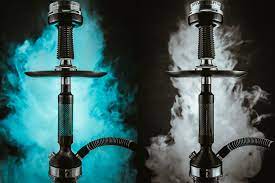
Winter dangers can affect older people much more than others–especially when the power is out and they become very cold resulting in hypothermia.
What is Hypothermia?
Hypothermia occurs when a person’s body temperature lowers due to a cold environment and it stays below normal for a prolonged amount of time. As people age, their body can’t endure long periods of cold due to exposure.
The elderly are more at risk for hypothermia because certain illnesses and disease and/or medications can affect their body’s response to cold. Some common items such as diabetes and over the counter cold medicines may reduce an elderly person’s ability to stay warm, even in mildly cold weather.
What are the Signs of Hypothermia?
The signs of hypothermia are sleepiness or confusion with slurred or slow speech accompanied by shivering or even stiffness in the extremities of the arms and legs. A hypothermic person will also exhibit a weak pulse and either slow reactions or poor control over their body movements. If the person’s temperature is at 96 degrees Fahrenheit or lower, it is considered an emergency and help should be called.
How is Hypothermia Treated?
The best methods to treat hypothermia are to return the body to a normal temperature as quickly as possible. If a person is wearing wet clothing, remove it and use blanket and fluid warmers to warm their blankets and increase their core temperature as quickly as possible. You may need to place a warm blanket between the body and a hard surface to adequately warm them up faster. Other warming devices can be used such as warm air directed to the body, a warming pad wrapped around the body or hot water bottles. Dehydration is often a consequence of hypothermia. An IV should be started immediately in order to warm the saline solution to rehydrate them in blanket and fluid warmers to help warm them from the inside out.
Medical professionals take precautions to monitor an increased risk of burn trauma due to the body trying to keep the core temperature from rising and this results in decreased cutaneous perfusion or the ability of the cardiovascular system to correctly supply all of the body tissues with an adequate blood supply to the skin. This can cause the warmer temperatures to remain at skin level and cause burns on the skin. Elderly patients with hypothermia are also monitored closely for peripheral vascular resistance when the peripheral temperature rises faster than the core temperature of the body. This can cause the blood vessels of the peripheral vasculature outside of the heart and brain to narrow, block or spasm which can result in heart trauma or a large drop in blood pressure.
Source
http://www.rnceus.com/hypo/hypotreat.html
https://www.nih.gov/news-events/news-releases/hypothermia-cold-weather-risk-older-people









